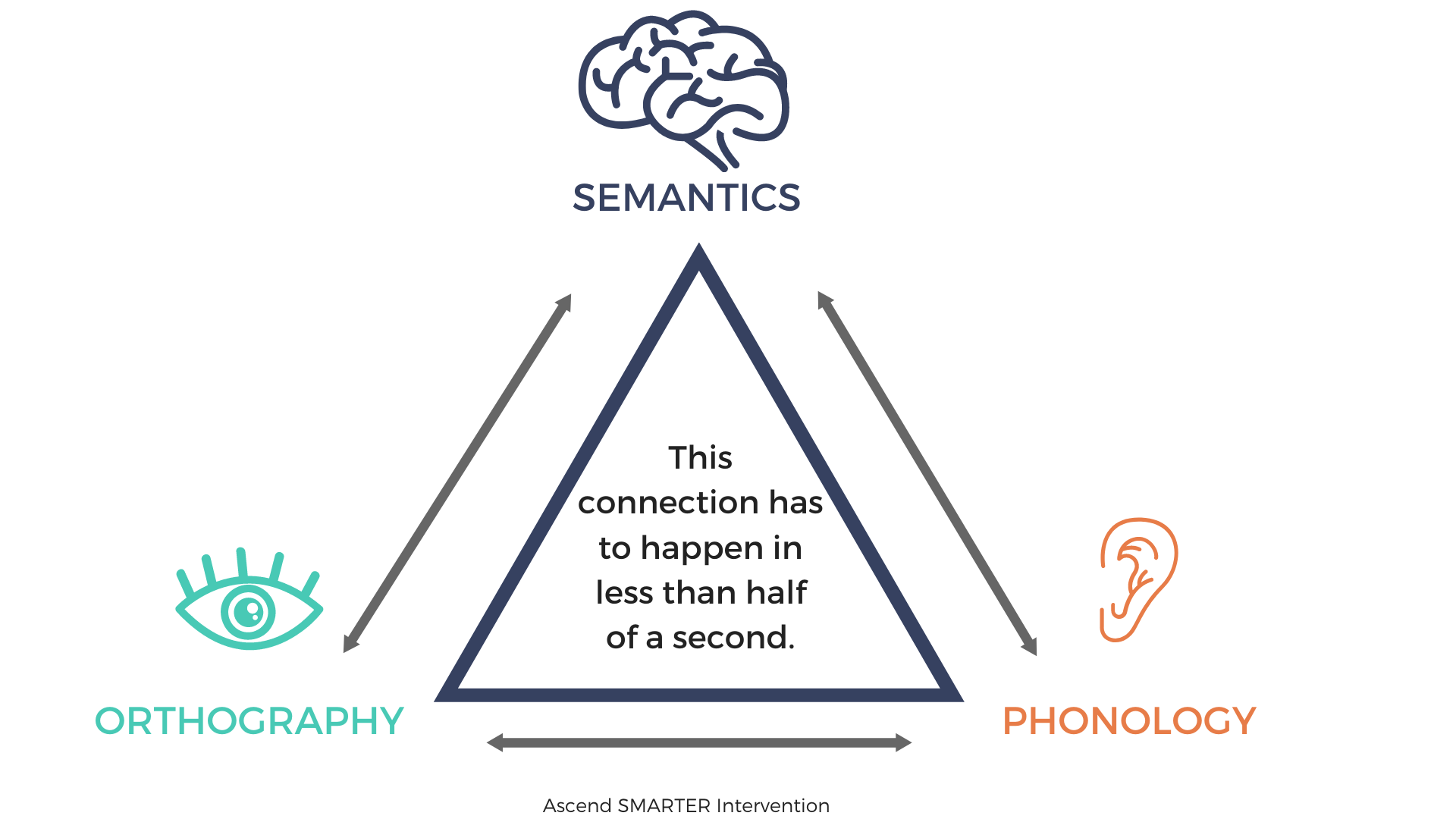How to Teach Vocabulary Explicitly
Why Explicit Vocabulary Instruction Matters (and How to Make It Stick)
Vocabulary is a key predictor of reading success. Students with stronger vocabularies can better comprehend text, express ideas, and engage with grade-level content. But while we often emphasize phonics and fluency in reading instruction (and rightly so), vocabulary development doesn’t always get the same spotlight.
And even when vocabulary instruction does happen, it’s often just about exposure, think flashcards, copy-the-definition tasks, or matching words to meanings in isolation.
But, here’s the thing -
If students can recite a definition but can’t use the word, connect it to meaning, or apply it independently… they haven’t truly learned it.
What Is Explicit Vocabulary Instruction?
Explicit vocabulary instruction is intentional, systematic teaching that helps students not just learn a word, but own it.
That means:
Choosing high-impact Tier 2 and Tier 3 words
Teaching word meanings in student-friendly ways
Giving students multiple opportunities to interact with the word
Reinforcing usage across time and context
We can’t just tell students what a word means and hope for the best. We have to model it, explore it, use it, and revisit it, just like we would with any other foundational skill.
Coming back to foundations, we have phonology (understanding the sound structure of the language), orthography (understanding the visual structure of the language), and semantics (understanding the meaning structure) - this is where vocabulary comes in!!!
How to Provide Explicit Vocabulary Instruction
We use a simple, repeatable process that helps students internalize new words and apply them across contexts.
Here’s the 3-step vocabulary routine we use and recommend:
1. Start with a Vocabulary Rating Scale (1–4)
Before diving into instruction, we give students the opportunity to reflect on their current understanding of the word.
We use a simple 4-point scale:
1 – I’ve never heard this word before
2 – I’ve heard it, but I don’t know what it means
3 – I think I know what it means
4 – I know it and could use it in a sentence
This step builds metacognition and allows you to track receptive vocabulary growth over time.
2. Use the CFSA Framework
Once students have self-rated, we walk them through our CFSA process to build meaning.
C – Category
What kind of word is this? Is it a feeling, a describing word, an action, or an object?
E.g., “Reluctant is a describing word (adjective) that tells us how someone feels.”F – Function
What does it do or how is it used?
“If you’re reluctant, you don’t really want to do something.”S – Synonym
What word means something similar?
“Reluctant means hesitant or unsure.”A – Antonym
What word means the opposite?
“The opposite of reluctant might be eager or excited.”
This step gives students multiple access points to word meaning and reinforces semantic understanding in a concrete, accessible way.
3. Apply the Word in a Sentence + Share Out
Finally, we ask students to generate their own sentence using the word. This allows them to internalize the meaning and apply it authentically.
You can do this verbally or in writing, but the magic often comes during the share-out.
When students hear their peers use the word in different ways, they build a richer, more nuanced understanding of how that word functions across contexts.
Why This Routine Works
This approach builds vocabulary knowledge in layers:
Self-assessment boosts engagement and gives you data
CFSA strengthens meaning through structure
Sentence generation builds expressive vocabulary and application
Peer share-outs expose students to variation and deepen comprehension
It also supports multilingual learners and students with learning differences by using multiple modalities—verbal, visual, auditory, and contextual.
And perhaps most importantly: it’s consistent, predictable, and easy to integrate, whether you're teaching whole class, in small groups, or during intervention.
One Quick Win to Try This Week
Choose three Tier 2 words from a content area lesson, story, or current unit. Then walk your students through the routine:
Have them rate their current understanding
Work through the CFSA framework together
Ask them to generate and share their own sentences
You’ll be amazed how much more meaning students build with just a few extra minutes of intentional vocabulary work.
Want Support Bringing Vocabulary to Life?
We’ve got two great ways to help you implement this routine right away:
Free Vocabulary Resources:
Download our Vocabulary Rating Scale, CFSA organizer, and classroom-ready templates.
👉 Grab your free tools here
🎓 Spotlight PD Training:
Join our 1-hour, on-demand Vocabulary PD to see the routine in action and get a PD certificate.
👉 Check out the Vocabulary PD now
Final Thoughts
Vocabulary isn’t just about exposure. It’s about ownership.
When students truly understand and use words, their comprehension, communication, and confidence all improve. This simple routine can be your bridge to more meaningful, lasting vocabulary growth.
And the best part? It works across grade levels, content areas, and student needs.
Let’s make vocabulary stick.


